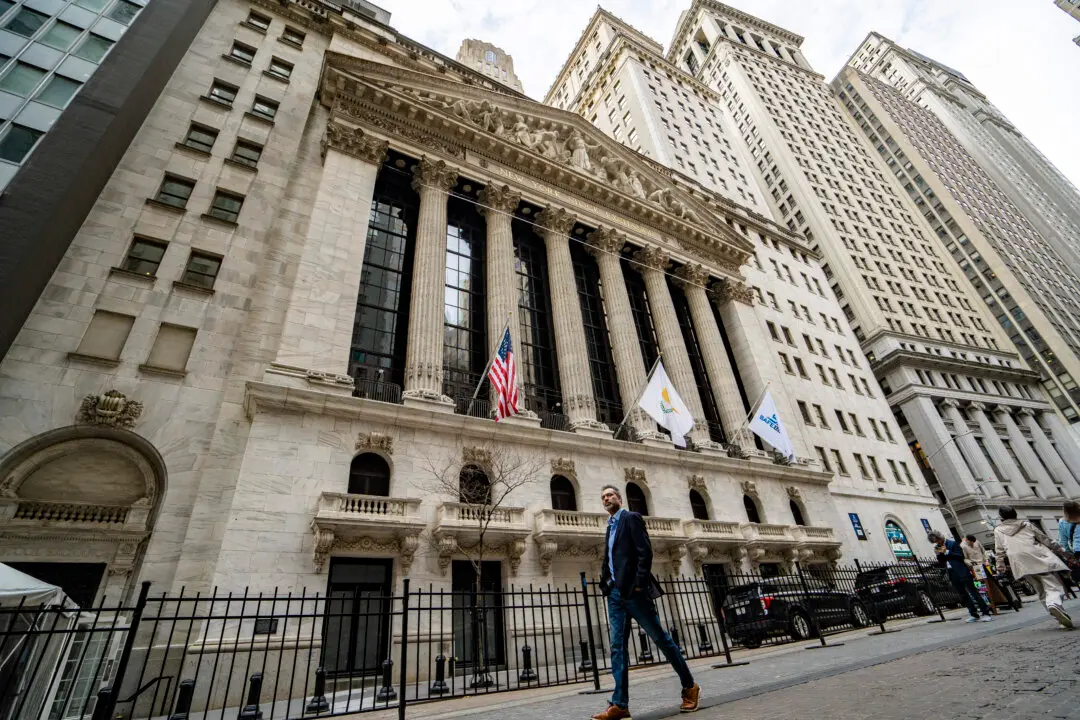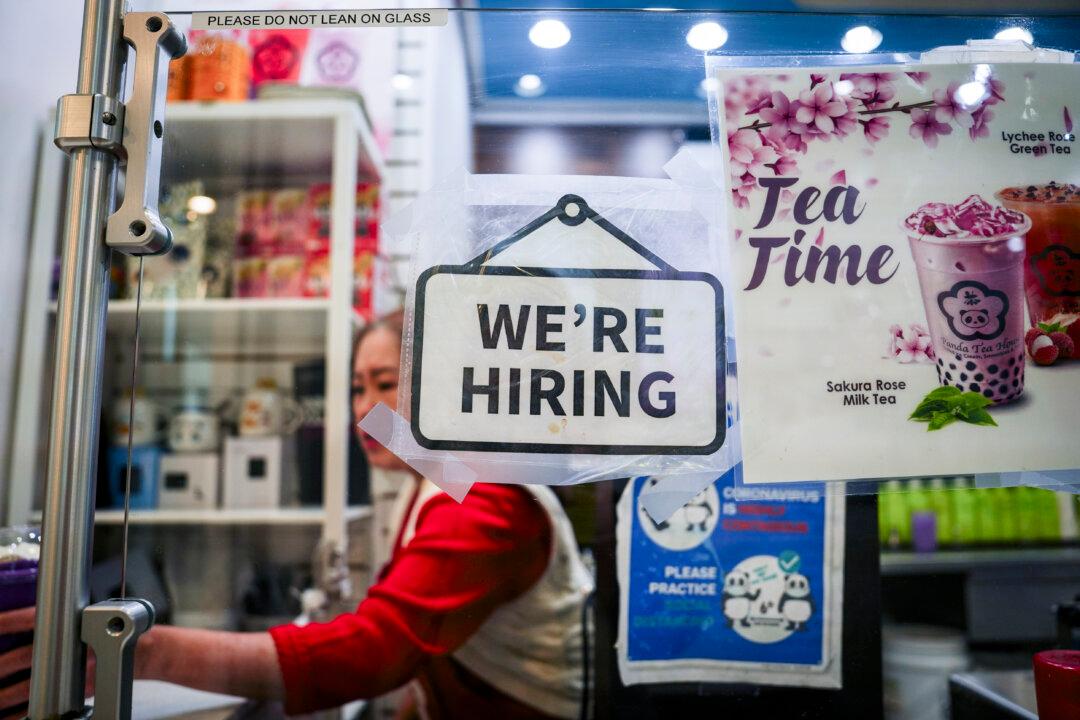New Federal Reserve Bank of New York data show that total U.S. household debt inched closer to $18 trillion in the third quarter, with delinquency rates remaining elevated.
According to the New York Fed’s Household Debt and Credit Report for the July to September period, household debt increased by $147 billion to $17.94 trillion.





